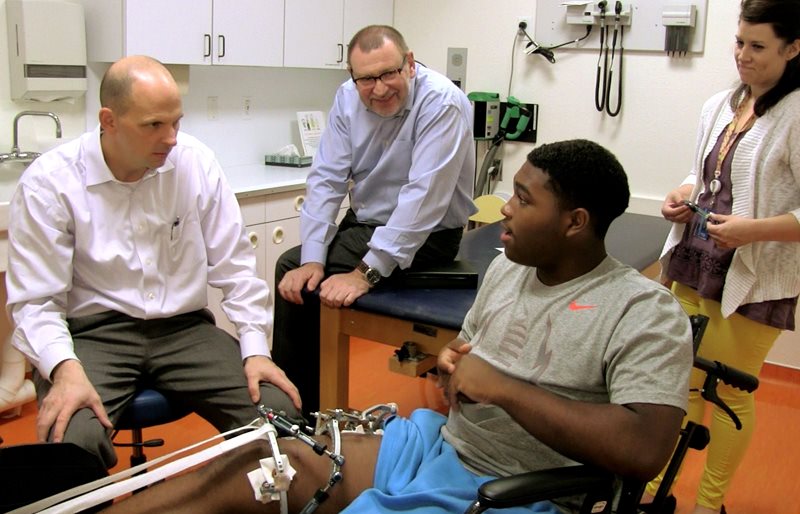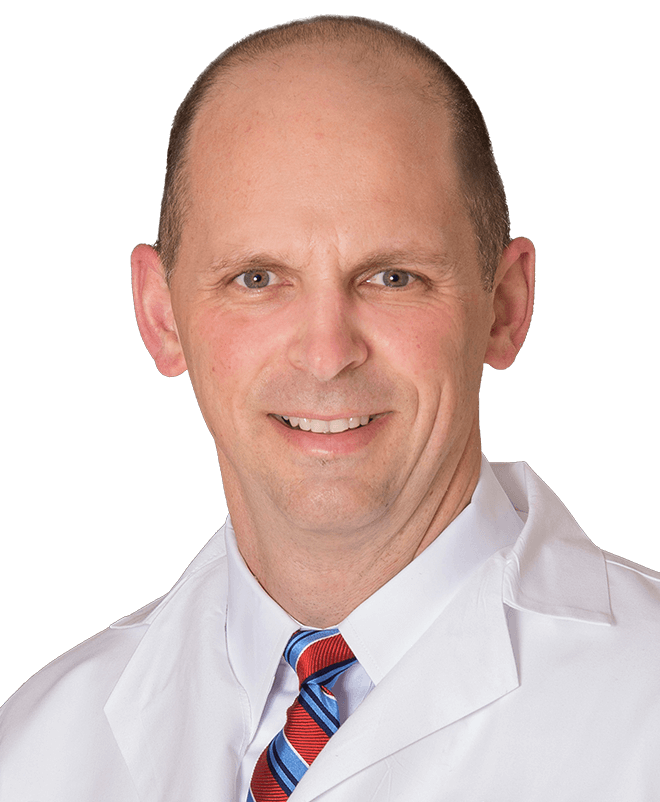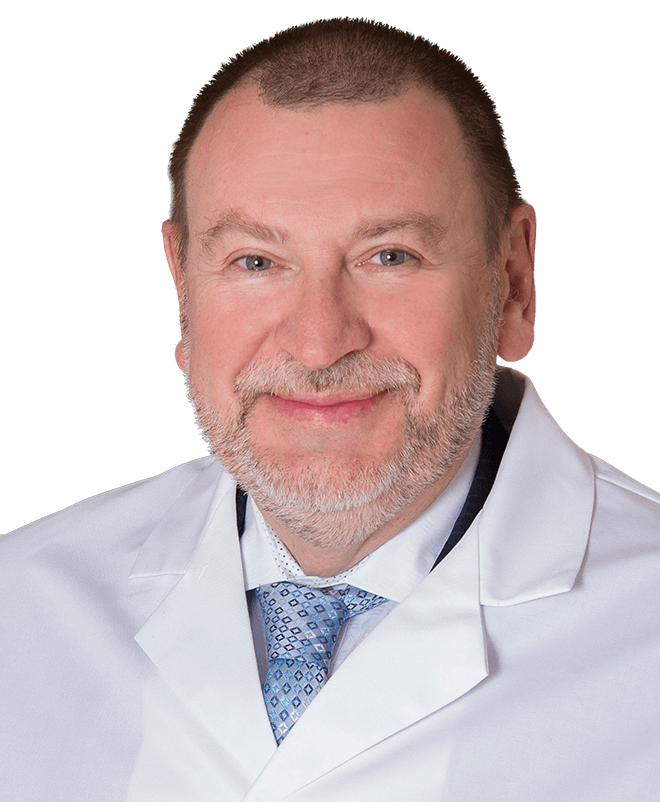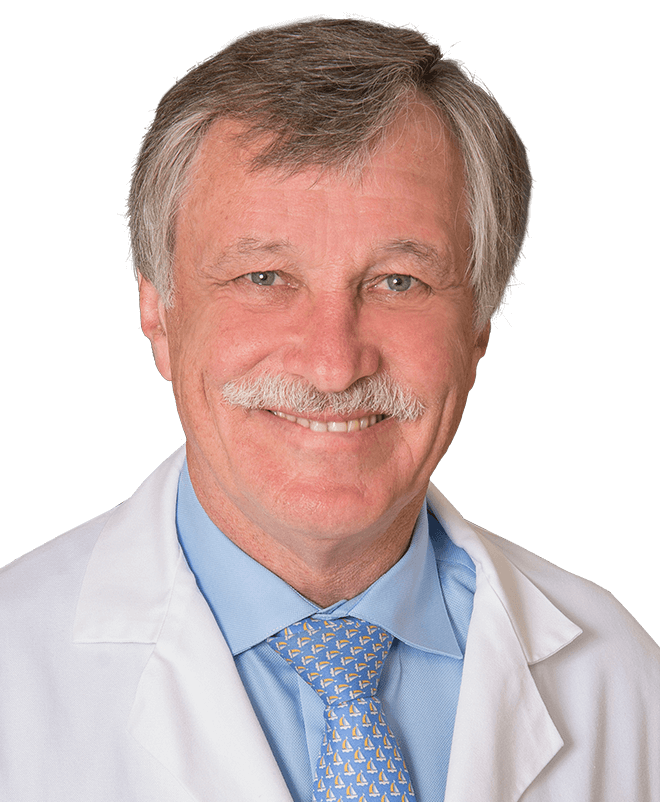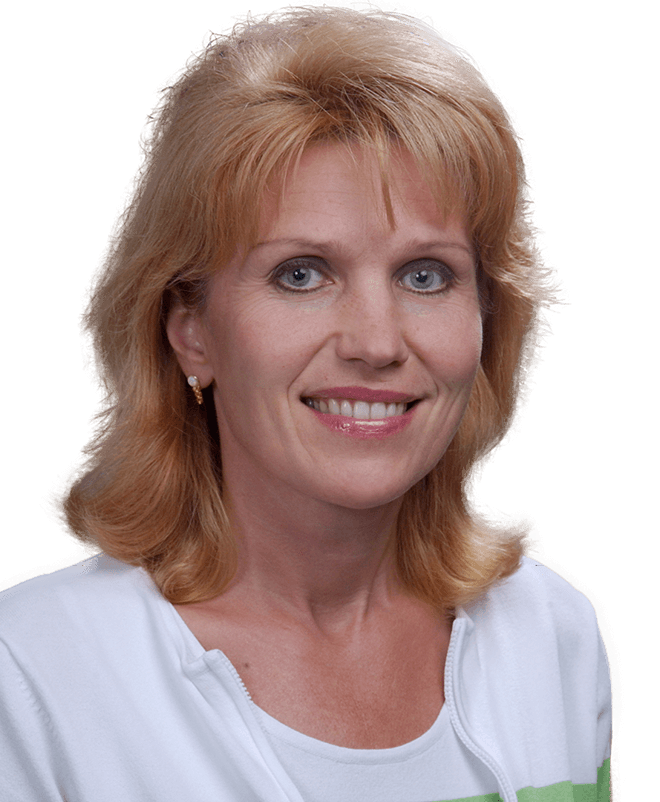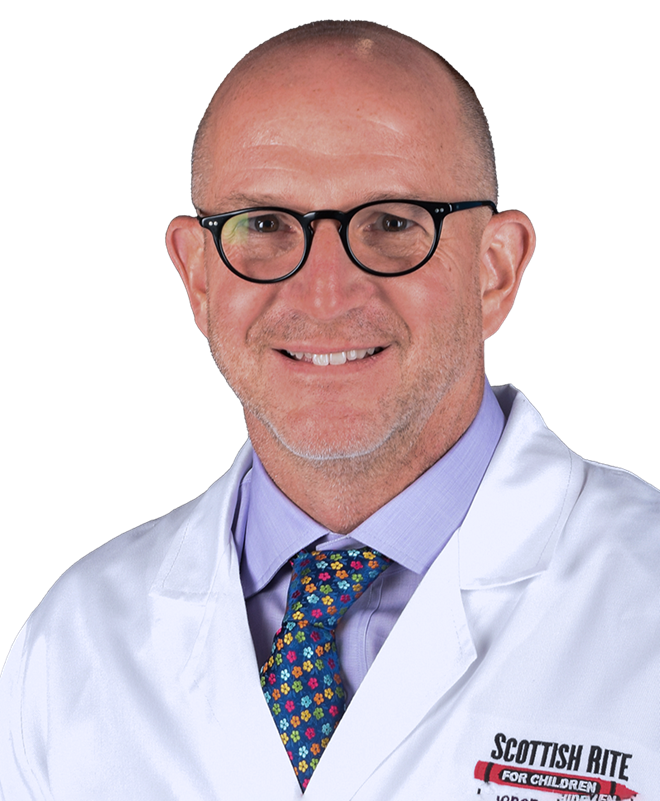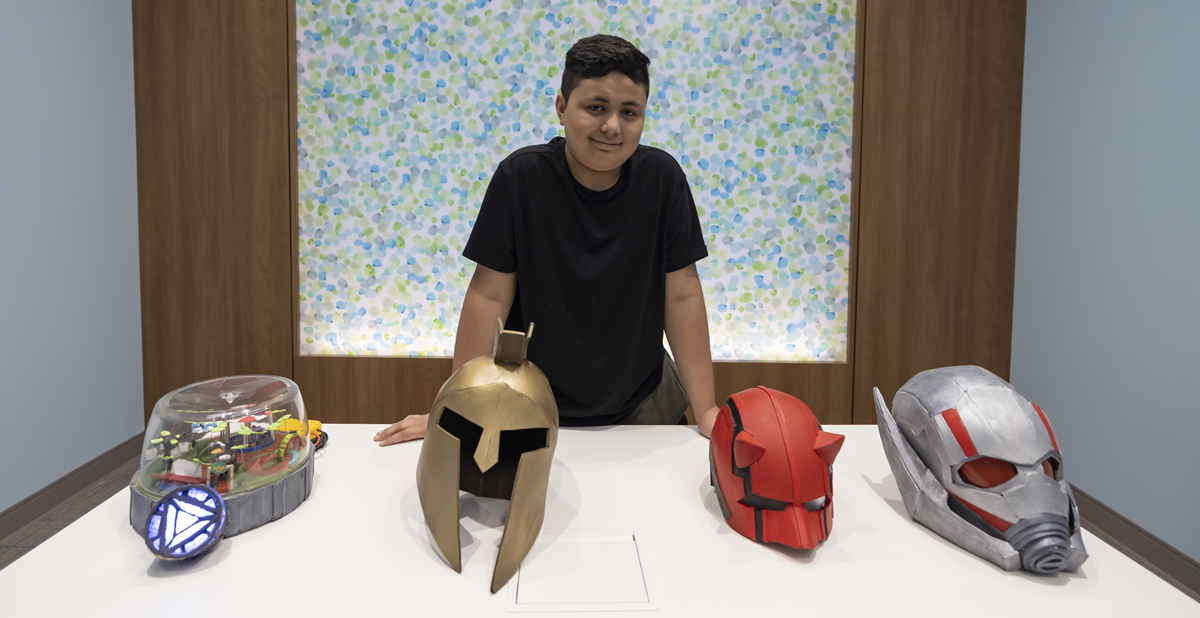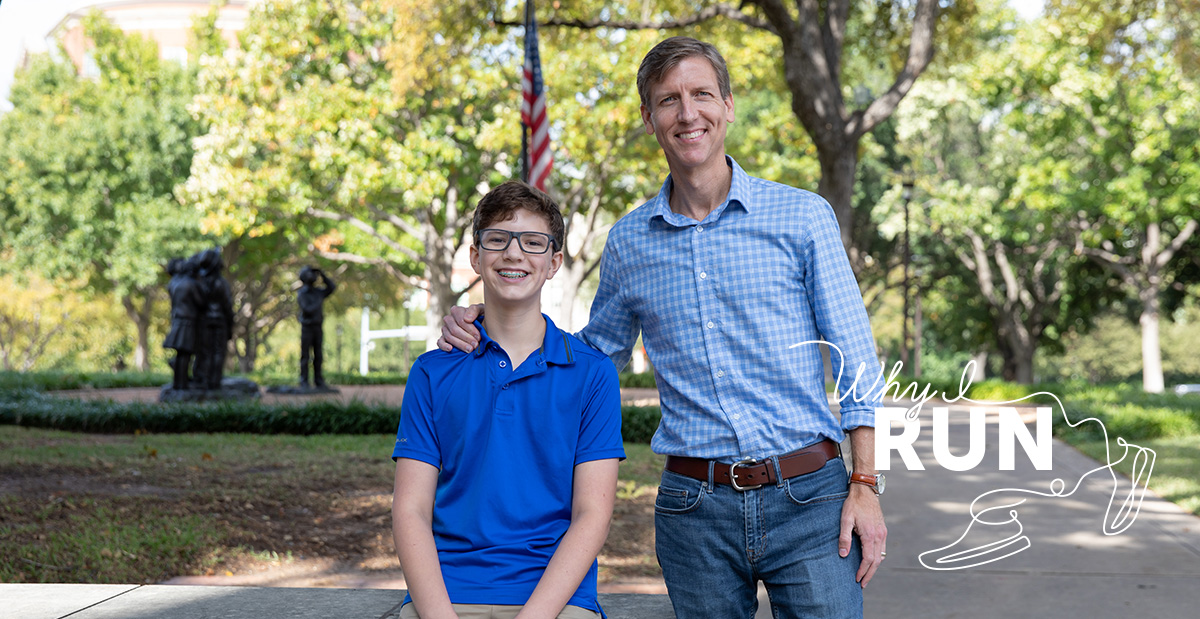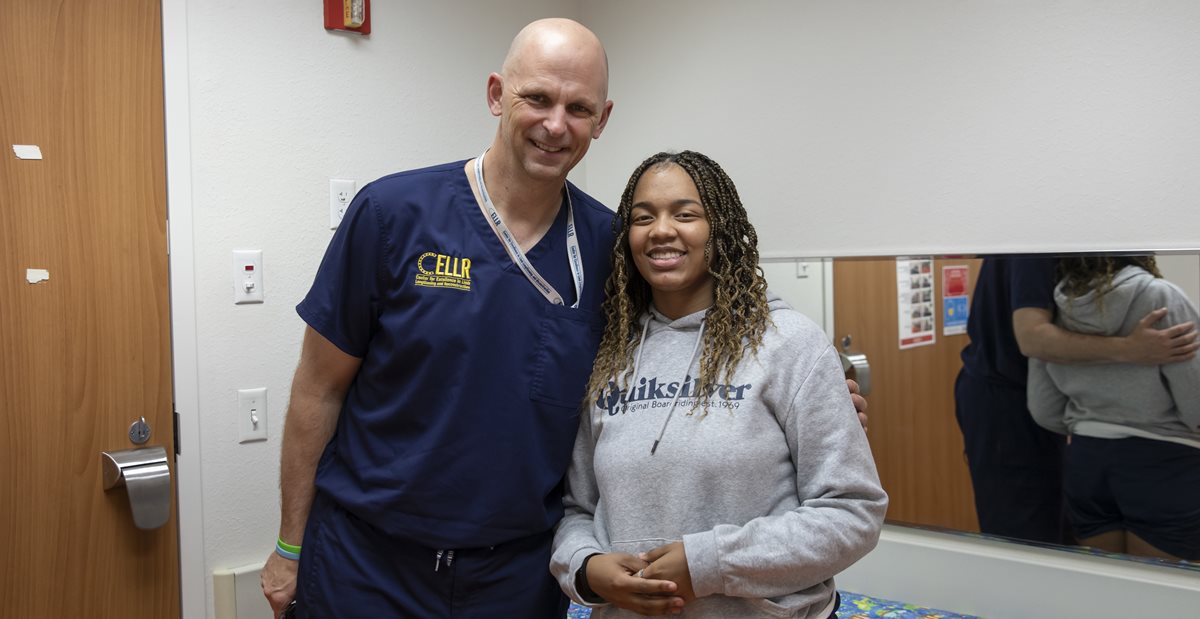Limb Lengthening & Reconstruction Research
CENTER FOR EXCELLENCE IN LIMB LENGTHENING & RECONSTRUCTION
Scottish Rite for Children began its limb lengthening research program in 1992. The Center for Excellence in Limb Lengthening and Reconstruction employs a unique multidisciplinary team approach, including collaboration between our orthopedic surgeons alongside nurses, psychologists, physical and occupational therapists, and researchers of varying backgrounds and expertise. Initial research was based on the Ilizarov treatment method developed by Gavril Ilizarov, M.D., in Russia. The center’s original director, John G. Birch, M.D., was one of the first North Americans to visit Dr. Ilizarov and bring his techniques to the United States. We are lucky to have three physicians who trained directly under Dr. Ilizarov on our research team at Scottish Rite.
Led by clinical director David Podeszwa, M.D., and research director Alexander Cherkashin, M.D.*, the center continues to focus on improving lives of patients with various limb deformities and leg length discrepancies. Driven by the goal of making the entire lengthening process easier for the patient, Scottish Rite researchers have modified Ilizarov’s technique to develop the TRUE/LOK™ External Fixation System, which includes the TRUE/LOK™ HEX and TRUE/LOK™ Trauma systems. Areas of research for the Center for Excellence in Limb Lengthening and Reconstruction include refinement of current fixation systems, improvement of limb lengthening techniques and better management of limb deformities.
*Medical degree from Khabarovsk State Medical School, Russia.
Led by clinical director David Podeszwa, M.D., and research director Alexander Cherkashin, M.D.*, the center continues to focus on improving lives of patients with various limb deformities and leg length discrepancies. Driven by the goal of making the entire lengthening process easier for the patient, Scottish Rite researchers have modified Ilizarov’s technique to develop the TRUE/LOK™ External Fixation System, which includes the TRUE/LOK™ HEX and TRUE/LOK™ Trauma systems. Areas of research for the Center for Excellence in Limb Lengthening and Reconstruction include refinement of current fixation systems, improvement of limb lengthening techniques and better management of limb deformities.
*Medical degree from Khabarovsk State Medical School, Russia.
